Last night, the business name "Bio-Smart" popped into my head. I googled it this morning. Apparently some company in Pasadena came up with it before I did. Who do they think they are? Oh, well, the search goes on.
On Saturday, my Dad and I went to Milwaukee to the Growing Power greenhouses in Milwaukee. They have a tour every day at 1:00, and we thought it would be a good weekend to go since everybody else was headed "up north".
Growing Power does lots of cool stuff at their greenhouses. You should check out their website if you're interested. (link on the right)
I'm mostly interested in their aquaponics system. There are plenty of things I would choose to do differently, but just by seeing their system I learned a lot.
Here's how their system works:
The 'tank' is 4-5' deep, and is dug right into the floor of the greenhouse. then lined with a membrane much like a pond liner.
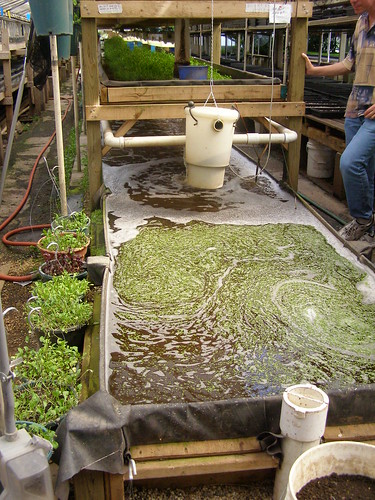
That white container suspended over the tank is an automatic fish feeder.
Thousands of fish live in this tank. This is where the 'aqua' part of aquaponics comes from.
Plants have no use for ammonia, and at high enough levels it is very toxic for fish, too. So, if you don't have a nice colony of good bacteria in your system, and you pack your tank full of fish - you're just facilitating a fish massacre. I think this is probably the number one thing people mess up with raising fish. It's BIOLOGY, people! Embrace it!
Here is a lovely diagram showing how the toxic ammonia is converted to nitrogen. This is why supplying a nice place for the 'good bacteria' to live is so important in an aquatic environment.
Once the ammonium has been converted to nitrates, it becomes VERY useful to plants. This is where the 'ponics' part of aquaponics comes in. Using that nitrogen rich water, you can grow plants hydroponically.
The water from the tank is pumped through pipes up to the growing beds above it.
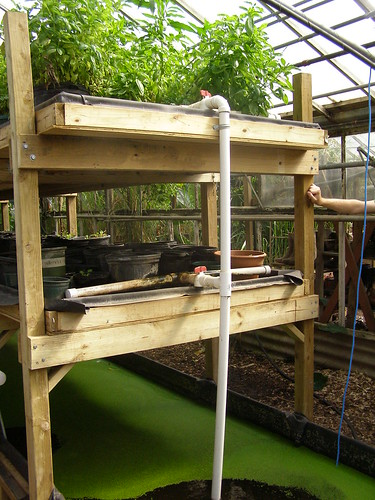
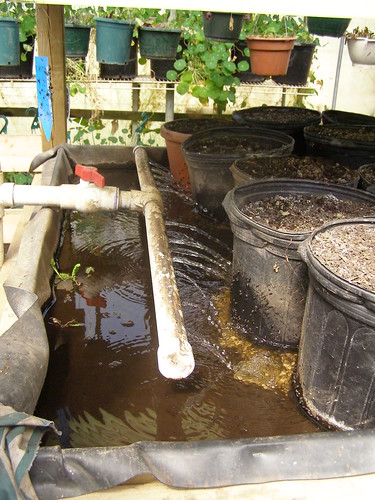
Then, by gravity, the water travels all the way to the other end of the bed.
At Growing Power, the growing beds run the full lenth of the tank, which runs almost the full length of the greenhouse. I highly doubt this is the way I would do thing if it were my system, but it seems to work for them.
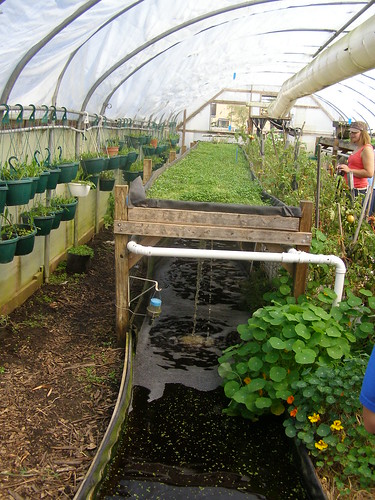

Once the water reaches the other end of the bed, it is drained back into the tank.
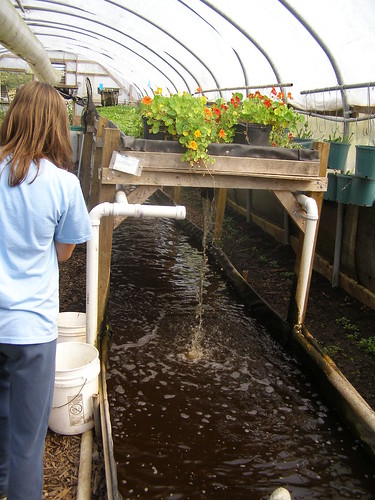

This tank is prepared for Tilapia. They are vegetarian fish, so they like to eat the duckweed that is floating on the top.
They have chickens, ducks, and goats. I want me some chickens! I'm still pondering goats, sheep, etc. I think sheep would be a great route as far as my interest in herding dogs goes.


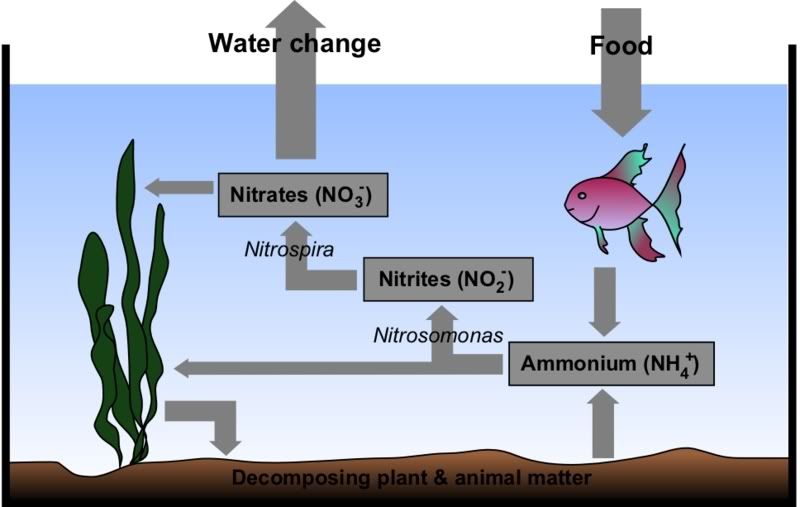
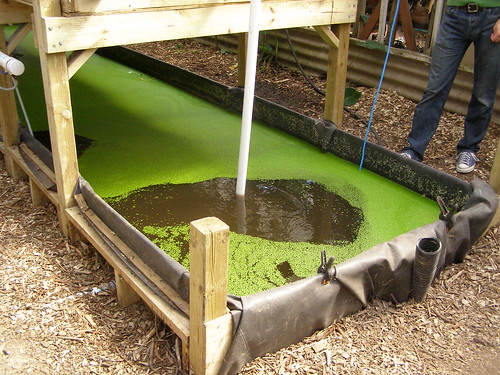
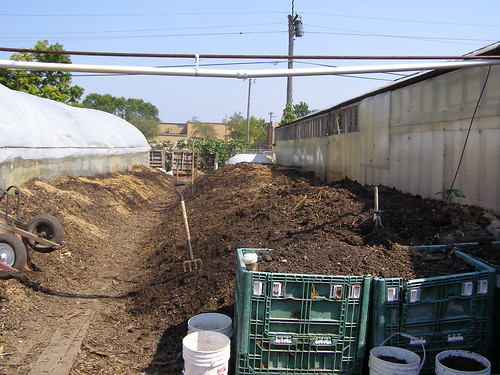
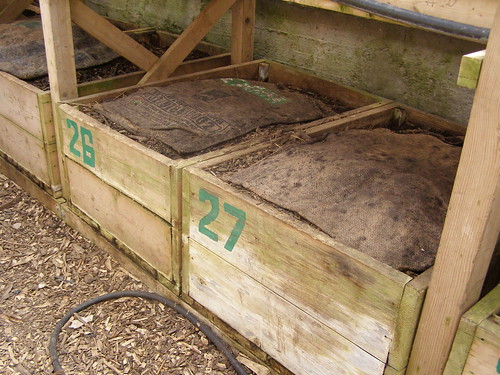
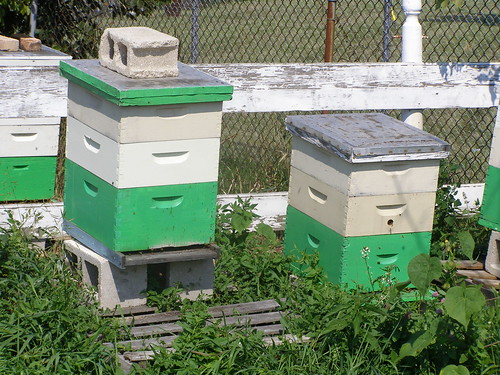
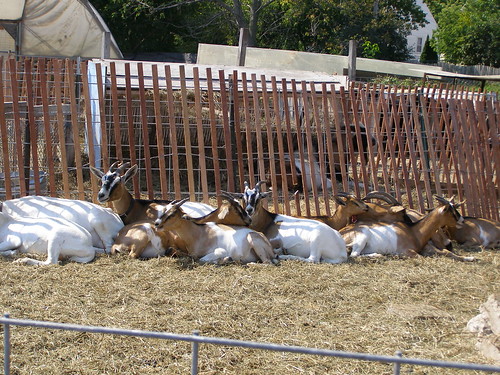
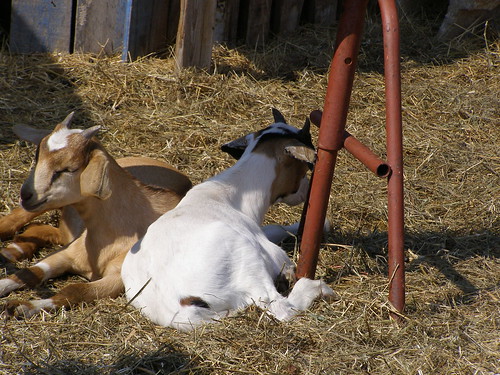
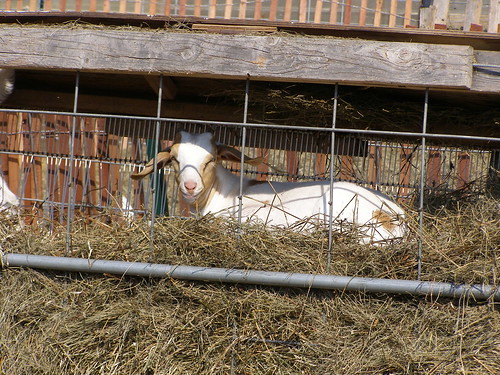
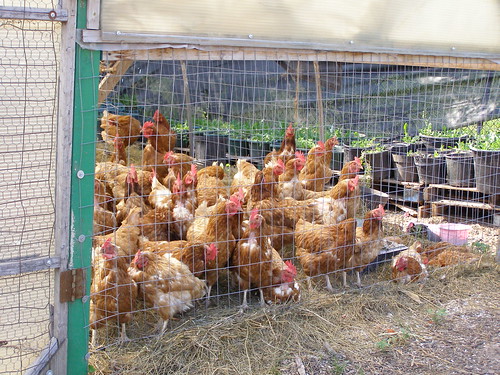
hey thanks for the info;
ReplyDelete